October 21, 2025 | 11:05 am
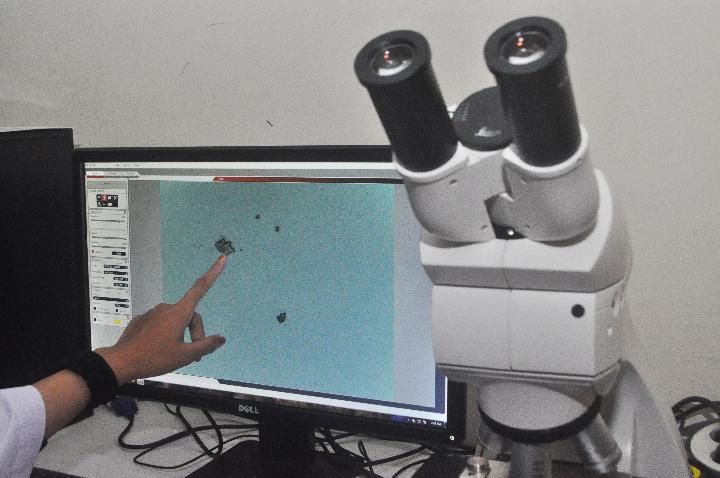
TEMPO.CO, Jakarta - Microplastics are not just polluting rain in Jakarta; they are a worldwide phenomenon. The contamination of Jakarta's rainwater by plastic was recently confirmed by research conducted by the Indonesian National Research and Innovation Agency (BRIN). Globally, prior research has established that microscopic plastic particles are now widely dispersed in the air, falling with rain and snow, and potentially influencing the global climate system.
In the United States, for instance, a research team led by scientists from Utah State University discovered that the volume of plastic descending onto Earth from only 11 monitoring sites was equivalent to over 120 million plastic bottles, as reported by weforum.org. A study documented in the journal Science in 2020 revealed that 98 percent of air and rainwater samples collected over a year contained microplastic particles.
Some of these particles are so minuscule that they are imperceptible, yet they can be inhaled by humans. The authors of that report cautioned that 11 billion tons of plastic would amass in the environment by 2025. They also determined that atmospheric transport distributes plastic particles across national parks and natural reserves, with a total of more than 1,000 tons of microplastics settling in those areas annually.
Microplastics Found in Extreme Environments and the Atmosphere
Microplastics have been detected in various remote and extreme locations, from the deepest ocean floor and the North Pole, to deserts and the summit of Mount Everest. Furthermore, plastic particulates have even been isolated in human feces.
Research published in Yale Environment 360 in 2023 noted that plastic particles also persist in the atmosphere. Microplastics may act as cloud condensation nuclei, which can influence local temperature and precipitation patterns.
Environmental chemist Denise Mitrano from ETH Zurich University commented on this finding, stating, "This is something that people have not thought about, the other side of plastic pollution."
A similar viewpoint was expressed by atmospheric scientist Laura Revell from the University of Canterbury. "People who discovered plastic decades ago, who were very proud because the discovery changed society in many ways. I doubt they imagined that plastic would float in the atmosphere and potentially affect the global climate system," she reflected.
Microplastic Concentration in Snow vs. Rain
Another observation originated from northern China this year, indicating that the concentration of microplastics was markedly higher in snow than in rain. This investigation found the microplastic content reached an average of 182 to 301 particles per liter in snow, while it was approximately 39–58 particles per liter in rainwater.
The researchers, including Jiao Dong from the Chinese Academy of Environmental Sciences, assessed that the frequency of precipitation influences the atmospheric concentration of microplastics; the more frequent the rainfall and snowfall, the higher the pollution level.
Before this, in 2019, microplastics were also observed on eight beaches in Spain that are designated as EU protected areas. Comparable research in 2014 detected plastic particles on 125 beaches in the Canary Islands, with concentrations reaching 100 grams of plastic per liter of sand.
These cumulative findings, spanning from America to Asia, confirm that microplastics have now become an inherent component of Earth's hydrological and atmospheric cycles. Scientists caution that without concerted international action to restrict plastic manufacturing and disposal, these pervasive particles will continue to circulate in the air, precipitate with rain, and integrate into the human life cycle.
Editor's Choice: Indonesia's Microplastic Consumption is the Highest in the World, Here's Why
Click here to get the latest news updates from Tempo on Google News
Today's Top 3 News: B50 Biodiesel Implementation in Indonesia Could Erode Palm Oil Competitiveness
17 jam lalu

Here is the list of the top 3 news on Tempo English today.
Why Many Small Hotels in China Are Turning Away Foreign Tourists
18 jam lalu

Previously, Chinese law required hotels to obtain a special license for foreign accommodations.
BMKG Forecast for Greater Jakarta Today: Partly Cloudy with Chance of Rain
1 hari lalu

According to BMKG, the transition of seasons from early to mid-October is marked by hot and scorching weather in many regions.
Jakarta Responds to Microplastics Found in Rainwater
1 hari lalu

The Jakarta Environmental Agency stressed that the discovery of microplastics in the city's rainwater serves as an environmental alarm.
Indonesia's U-17 Women's National Team Misses Out on 2026 Asian Cup After Myanmar Defeat
3 hari lalu

The Indonesian U-17 women's national team loses 0-1 to Myanmar and fails to qualify for the final round.
Why Spain Are Once Again the Benchmark of World Football
3 hari lalu

With Spain holding the current top rank in FIFA, Willy Sagnol commented on the domination of La Roja under coach Luis de la Fuente.
iPhone 17 Launch Draws Early Morning Crowds in Jakarta
3 hari lalu
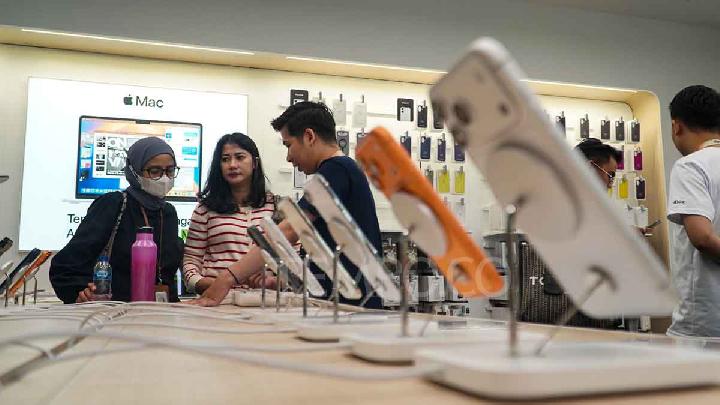
Around 30 people lined up early on Friday, October 17, to be among the first buyers of the iPhone 17 Series at Digimap, Grand Indonesia Mall, Jakarta.
43 Foreigners Detained in Jakarta Nightclub Raid over Alleged Visa Violations
3 hari lalu

Indonesia's Immigration Directorate General detained 43 foreigners during a raid on several nightspots in Penjaringan, North Jakarta, on October 14.
Rorotan RDF Waste Processing Plant to Begin Operations in November 2025
3 hari lalu
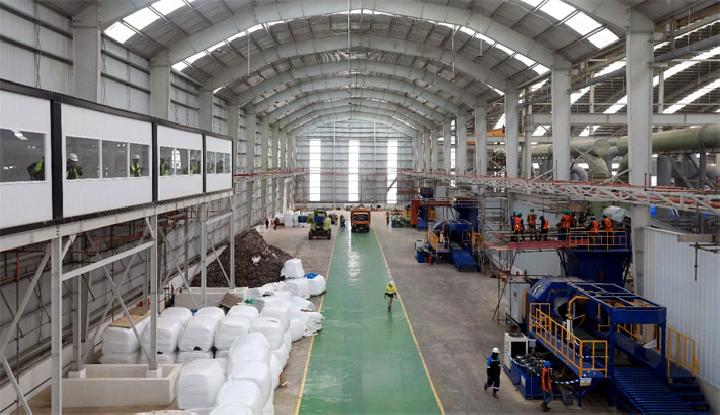
The Refuse-Derived Fuel (RDF) facility is reportedly the world's largest, featuring 3 waste bunkers with a collective capacity of 2,500 tons daily.
Jakarta Rain Found Contaminated with Microplastics, BRIN Study Shows
3 hari lalu

Microplastic pollution not only contaminates land and sea, but also the atmosphere. BRIN found an average of 15 microplastic particles in rainwater samples.















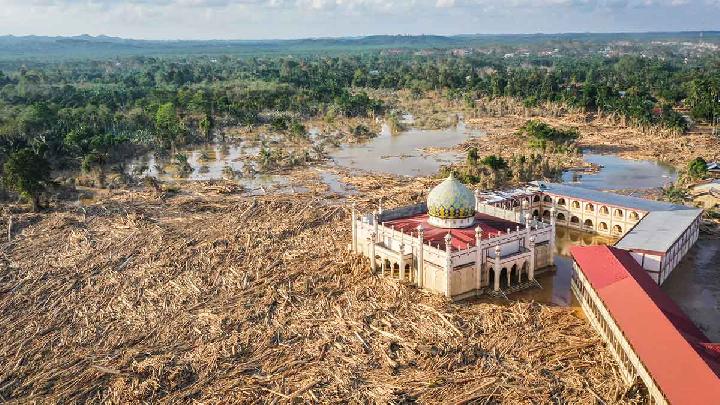



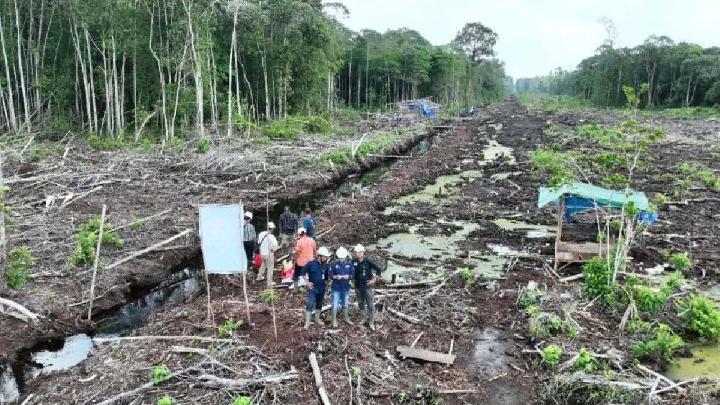










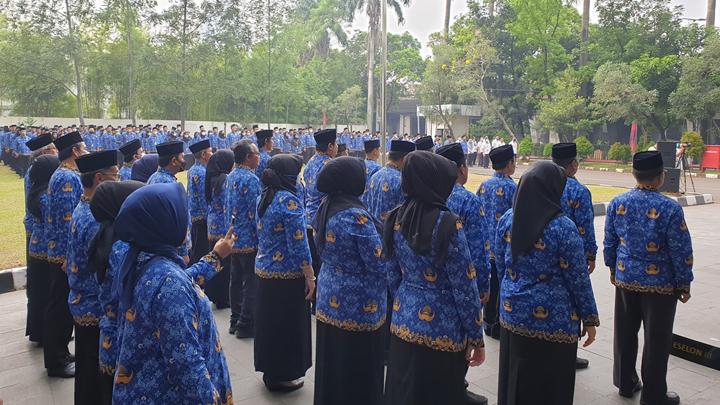



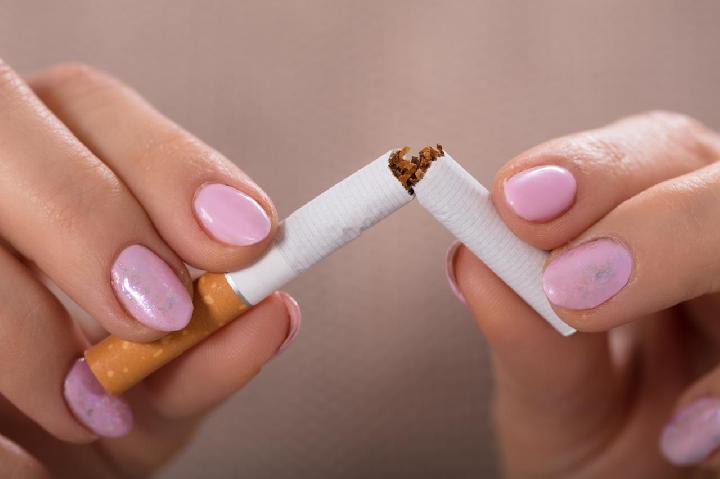
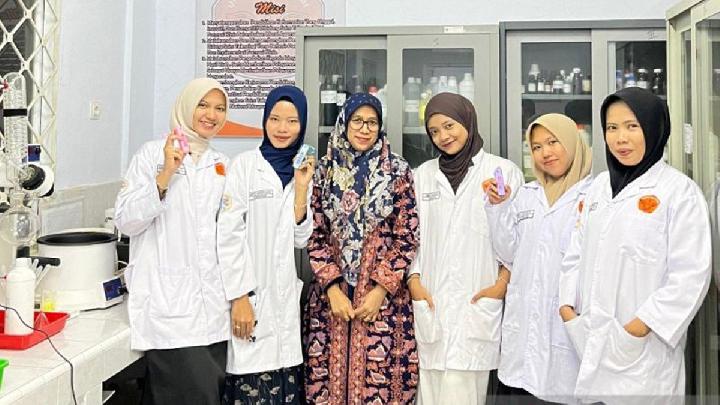











:strip_icc():format(jpeg)/kly-media-production/medias/5316291/original/015050100_1755231247-5.jpg)
